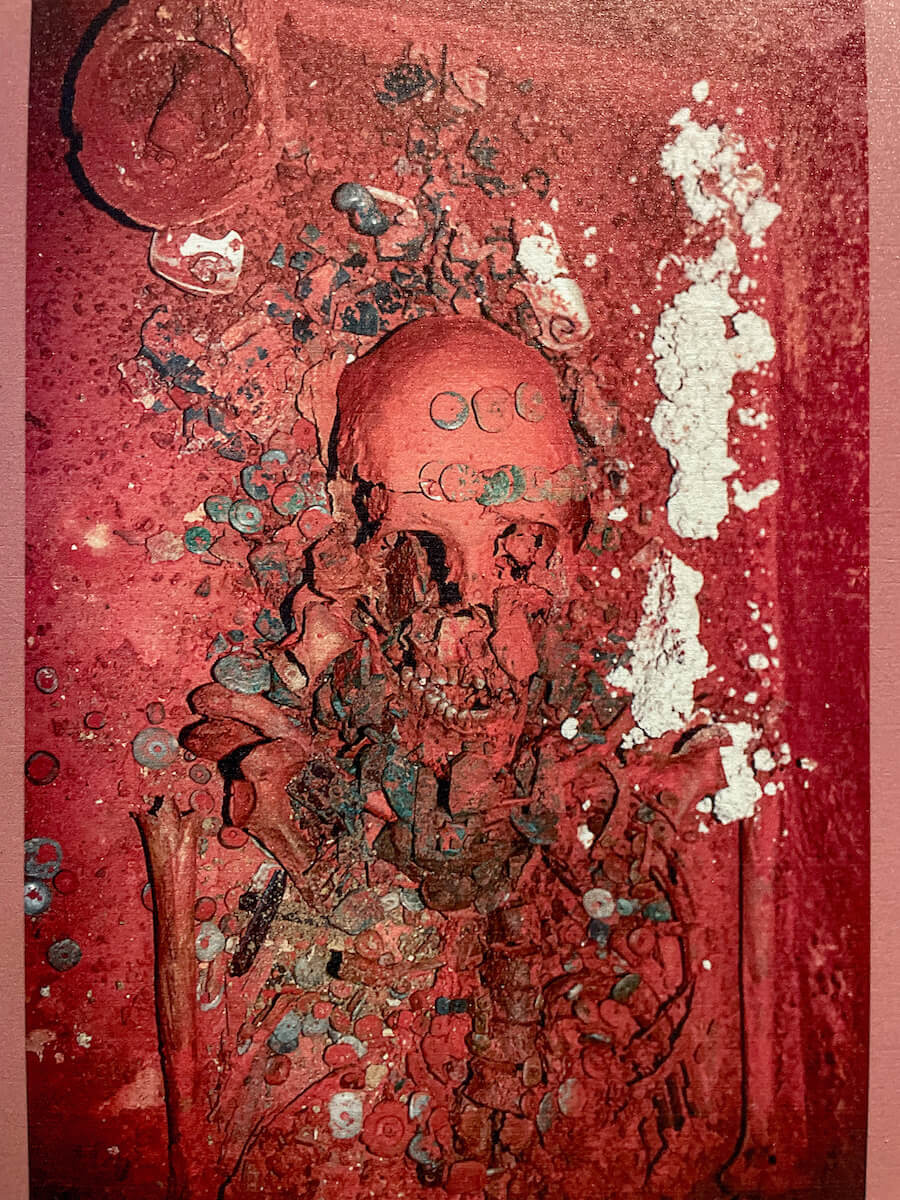Nestled in the jungles of Chiapas, Mexico, the ancient city of Palenque is a UNESCO World Heritage site that reached its peak in the 7th century AD under the reign of King Pakal the Great. The city’s impressive architecture and intricate sculptures have long fascinated archaeologists and historians.

In 1952, researchers uncovered the well-preserved tomb of King Pakal within the Temple of the Inscriptions, a 90-foot-high pyramid, shedding light on Maya funeral customs and beliefs.
In 1994, a team of archaeologists led by Arnoldo González Cruz explored Temple XIII nearby and discovered a hidden corridor leading to a sealed chamber. Inside this chamber, they found a limestone sarcophagus covered in a thick layer of red cinnabar powder. Upon opening the sarcophagus, they discovered that both the remains and grave goods were also coated in this vibrant red hue, leading to the occupant being referred to as the “Red Queen.”

Analysis of the Red Queen’s remains and artifacts has provided valuable insights into her identity and status, suggesting she was a high-ranking local woman, possibly King Pakal’s wife, Ix Tz’akb’u Ajaw. While her exact identity remains unknown, ongoing research is hopeful of revealing it.

The discovery of the Red Queen’s tomb has captivated both researchers and the public, highlighting the enduring allure of Palenque’s secrets. The story of the Red Queen serves as a testament to the rich heritage of Maya culture and the wealth of knowledge still waiting to be uncovered in the jungles of Mexico.
Video

